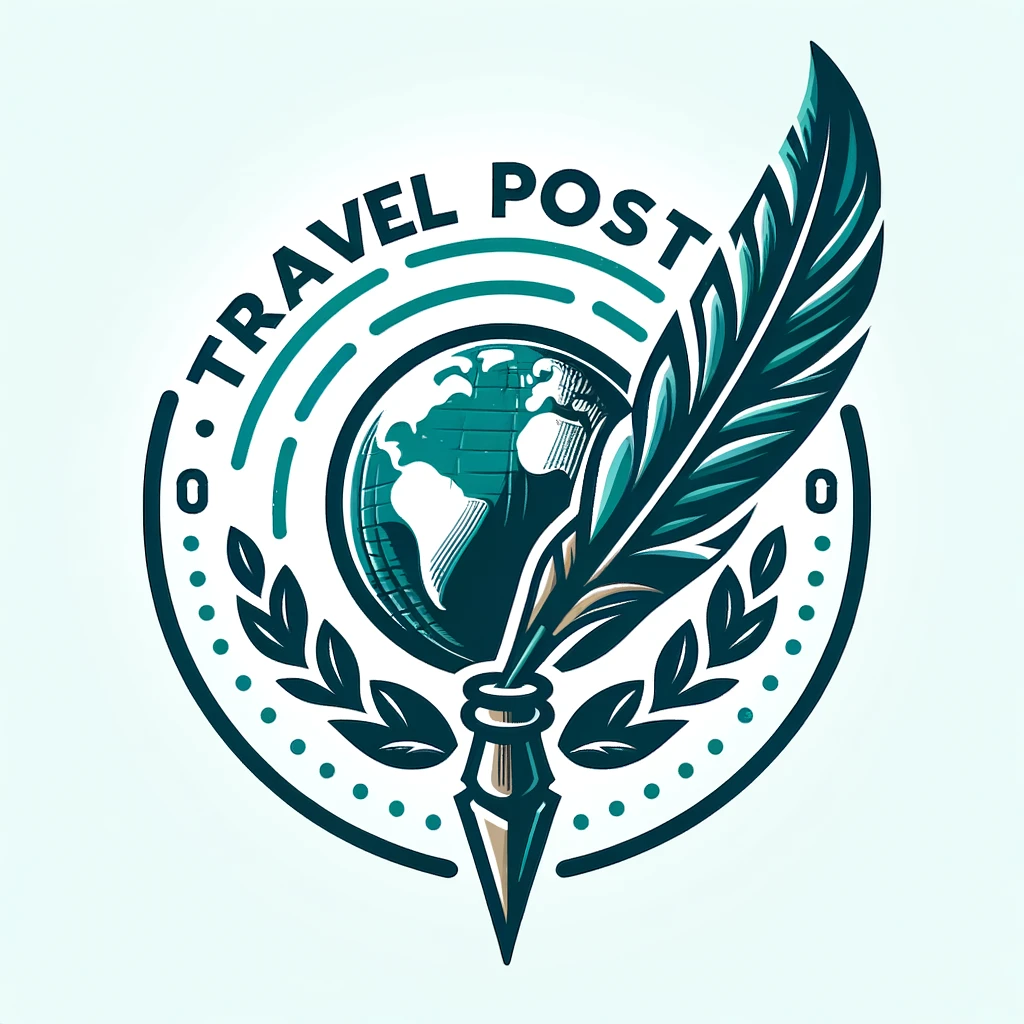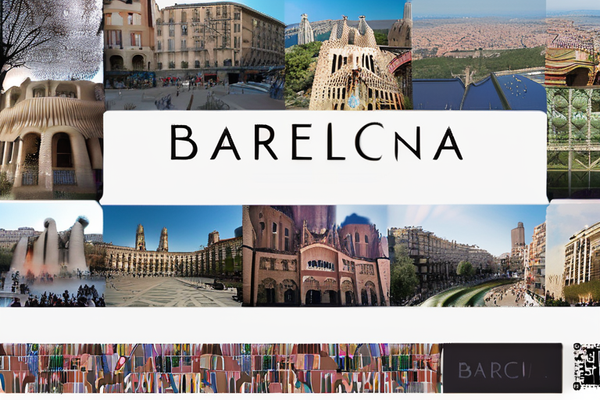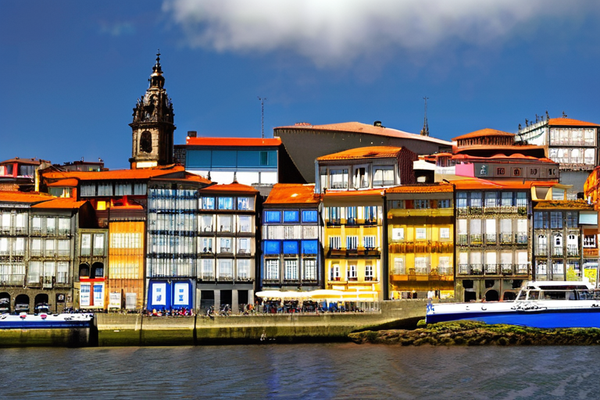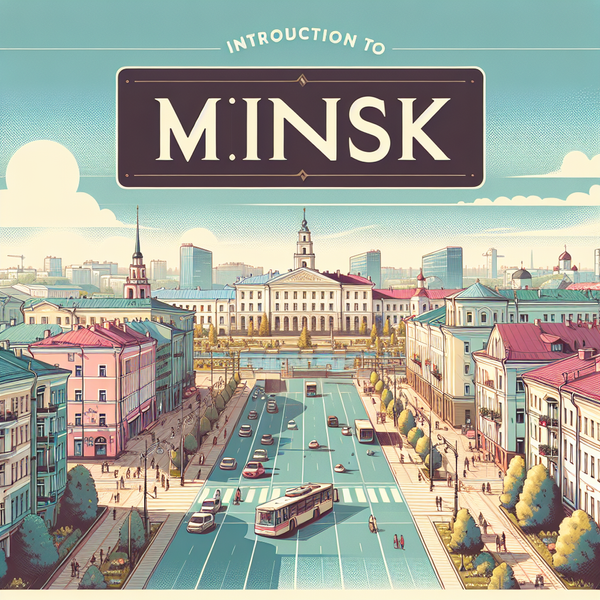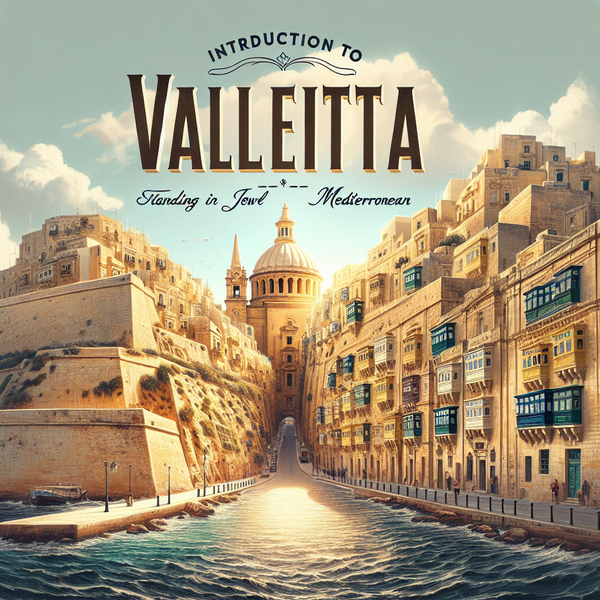Exploring Copenhagen: A Comprehensive Guide to the Happiest City on Earth
Copenhagen is the capital and largest city of Denmark, known for its vibrant culture, picturesque architecture, and high quality of life.
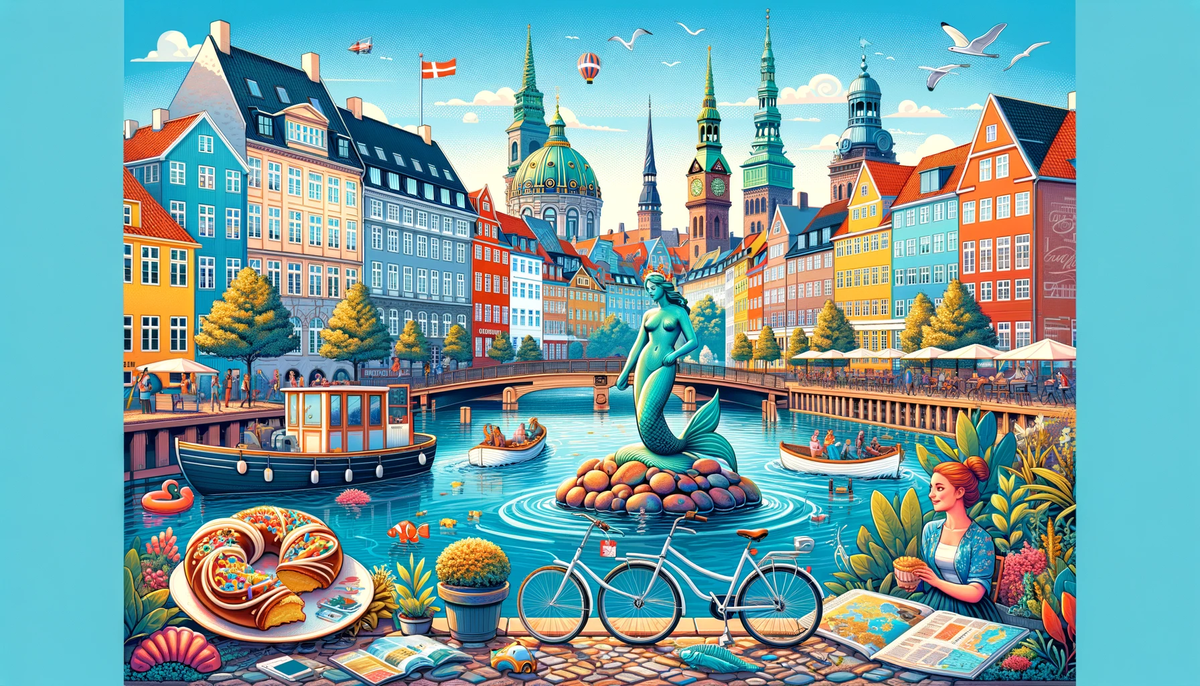
Copenhagen is the capital and largest city of Denmark, known for its vibrant culture, picturesque architecture, and high quality of life. With a rich history, fascinating attractions, and delicious cuisine, Copenhagen is a must-visit destination for any traveler.
A Brief History of Copenhagen

Founded in the 10th century, Copenhagen has a long and fascinating history. Originally a small fishing village, the city grew in importance and became the capital of Denmark in the early 15th century. Over the centuries, Copenhagen has survived numerous conflicts, including wars with Sweden, Germany, and England.
In the 17th century, Copenhagen experienced a period of great growth and prosperity under the rule of Christian IV. During this time, many of the city's most famous landmarks were built, including the Round Tower, the Stock Exchange, and the fortress of Kastellet.
In the 19th century, Copenhagen underwent significant industrialization, and the city's population grew rapidly. The 20th century brought further change, with the city being heavily damaged during World War II. However, Copenhagen quickly recovered and has since become one of the most prosperous and livable cities in the world.
Why Copenhagen is Called the Happiest City on Earth
Copenhagen is often referred to as the happiest city on earth, and there are many reasons why. The city is known for its high quality of life, excellent work-life balance, and strong sense of community.
One of the main reasons for Copenhagen's happiness is its commitment to sustainability. The city has set ambitious goals for reducing its carbon emissions and becoming carbon-neutral by 2025. Copenhagen is also home to a thriving bike culture, with over half of all residents cycling to work or school every day.
Another factor contributing to Copenhagen's happiness is its excellent social welfare system. Denmark has a strong social safety net, providing free healthcare, education, and generous unemployment benefits to its citizens. This creates a sense of security and stability, allowing people to pursue their passions and live fulfilling lives.
Finally, Copenhagen's vibrant cultural scene and beautiful surroundings make it a wonderful place to live and visit. The city is home to world-renowned museums, galleries, and theaters, as well as beautiful parks, gardens, and waterfronts.
Getting to Copenhagen
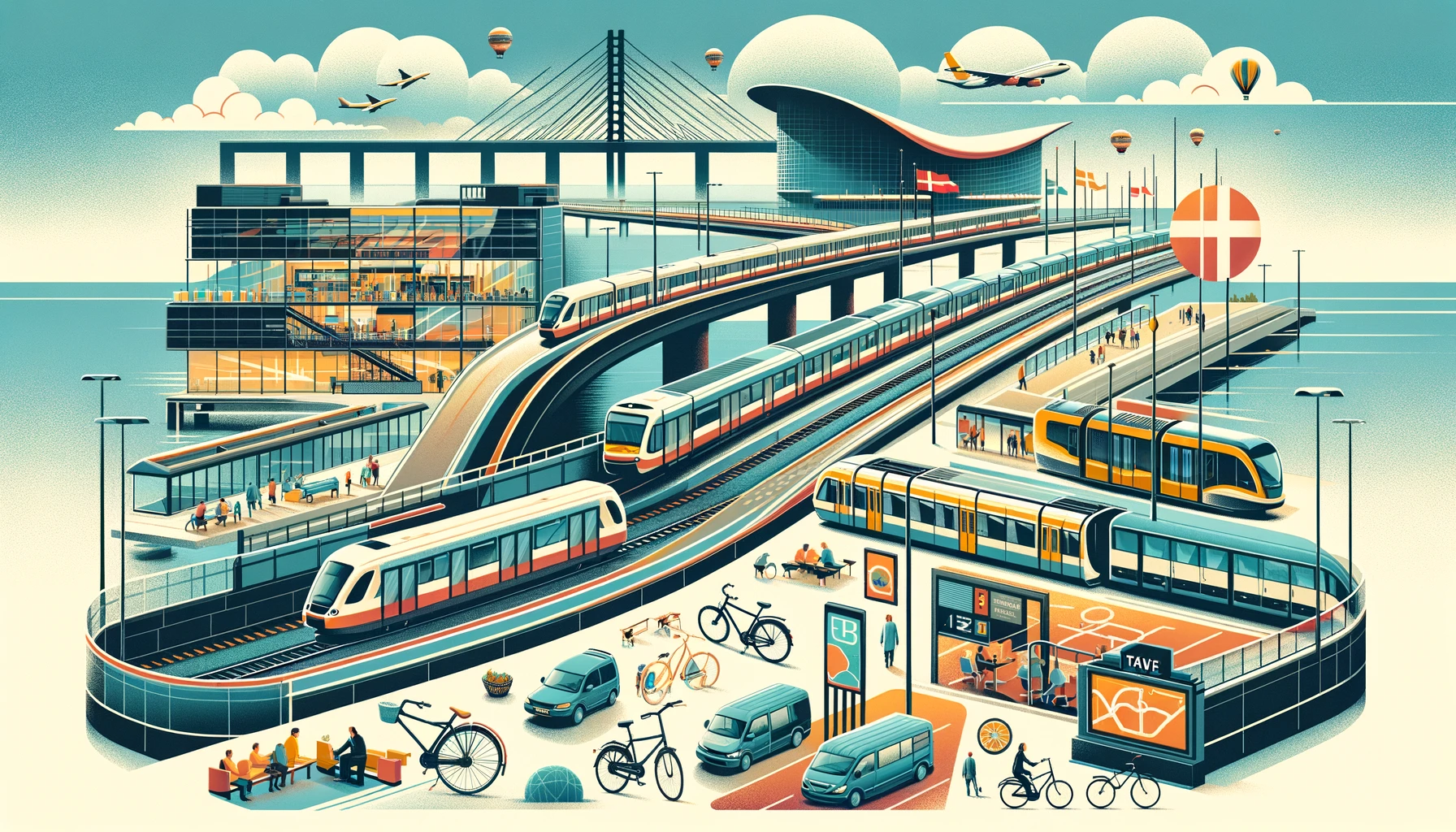
Copenhagen is an easy city to reach, with a variety of transportation options to choose from. Whether you prefer to fly, take the train or bus, or drive, there are many ways to get to this beautiful city.
Airports and Flights
Copenhagen is served by Copenhagen Airport (CPH), which is located just 8 kilometers south of the city center. The airport is the largest in Scandinavia and serves over 30 million passengers each year.
CPH is a hub for several major airlines, including SAS, Norwegian, and easyJet, and offers direct flights to over 170 destinations worldwide. The airport is well-connected to the city center, with trains, buses, and taxis available for easy transfer.
If you're flying into Copenhagen, we recommend booking your flights in advance to get the best deals. You can also consider flying into other airports in the region, such as Malmö Airport (MMX) in Sweden, which is just a 30-minute train ride from Copenhagen.
Trains and Buses
Copenhagen is well-connected to the rest of Europe by train and bus. The city's main train station, København H, is located in the city center and offers direct connections to major cities in Denmark, Sweden, Germany, and beyond.
If you're traveling by bus, Copenhagen has several long-distance bus stations, including the Central Bus Station (Københavns Lufthavn) near the airport and the Østerport Station in the city center.
Driving and Parking
If you prefer to drive, Copenhagen is easily accessible by car. The city is located at the end of the E20 motorway, which connects it to other major cities in Denmark and Europe.
However, driving in Copenhagen can be challenging, as the city has a complex network of streets and limited parking options. If you do choose to drive, we recommend using a GPS or mapping app to help you navigate.
If you're staying in the city center, we recommend using public transportation or biking instead of driving. Copenhagen has an extensive network of bike lanes and is one of the most bike-friendly cities in the world. The city also offers a variety of car-sharing and ride-sharing options, making it easy to get around without a car.
When it comes to parking, Copenhagen has both on-street and off-street options. Many hotels and tourist attractions offer parking for guests, so be sure to check with your accommodation or destination before arriving.
Top Tourist Attractions in Copenhagen
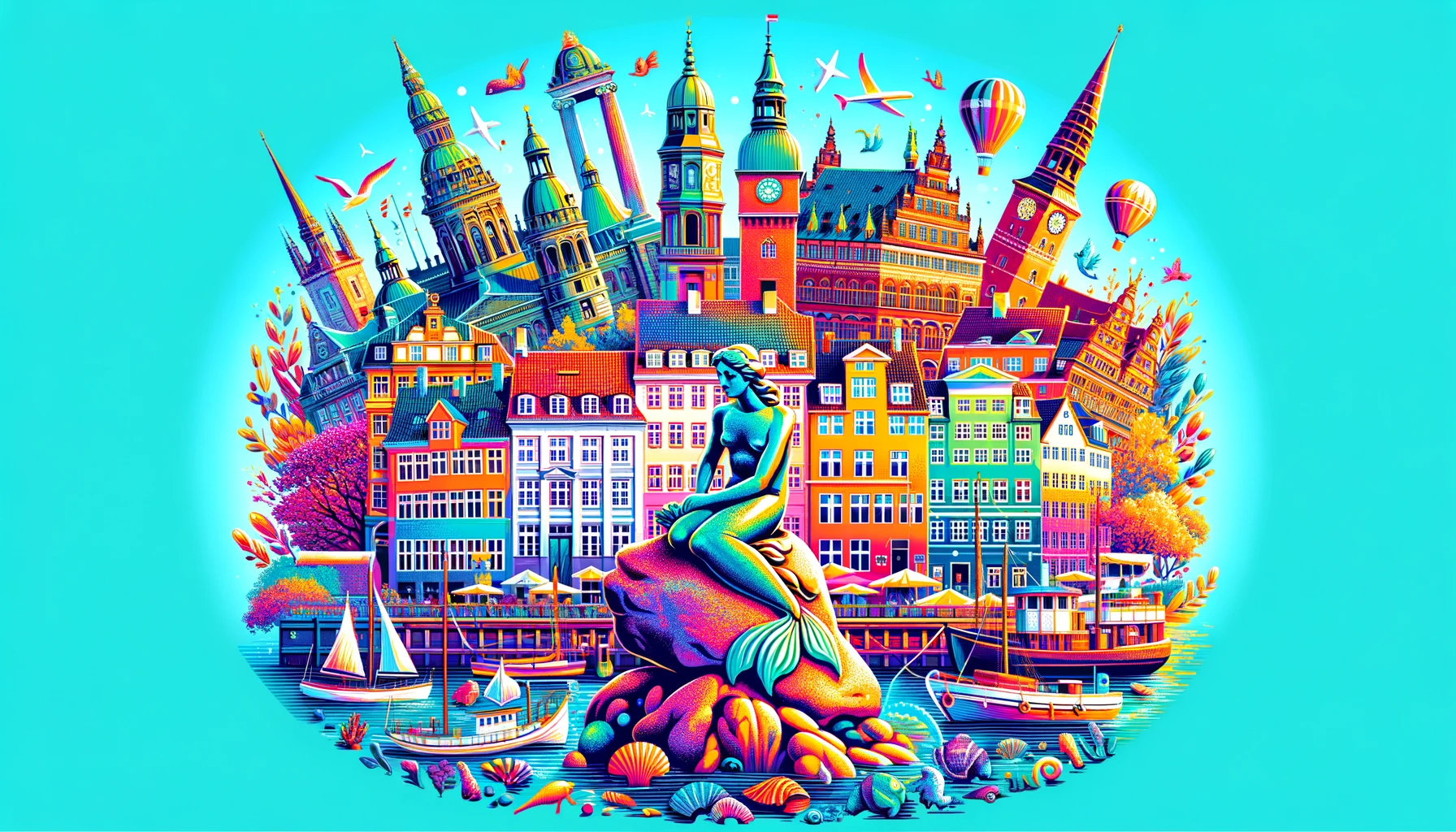
Copenhagen is a city full of culture, history, and natural beauty, and there are plenty of attractions to explore. Here are some of the top tourist attractions in Copenhagen:
Tivoli Gardens
Tivoli Gardens is one of the oldest and most famous amusement parks in the world, and it's a must-visit attraction in Copenhagen. The park was opened in 1843 and has since attracted millions of visitors from all over the world.
Tivoli Gardens features a variety of rides, including roller coasters, Ferris wheels, and carousels. The park also has a beautiful garden, a lake, and several restaurants and cafes. During the holiday season, Tivoli Gardens is transformed into a winter wonderland, with twinkling lights, festive decorations, and ice skating.
The Little Mermaid Statue
The Little Mermaid Statue is one of the most iconic landmarks in Copenhagen. The statue is based on the fairy tale by Hans Christian Andersen and was created by the sculptor Edvard Eriksen in 1913.
The statue is located on a rock in the water near the Langelinie promenade, and it's a popular spot for tourists to take photos. While the statue is small, it's a symbol of Copenhagen's rich cultural heritage and its connection to the sea.
Nyhavn
Nyhavn is a picturesque harbor area in Copenhagen, known for its colorful houses, historic ships, and lively atmosphere. The area was built in the 17th century and was once a busy commercial port.
Today, Nyhavn is a popular destination for tourists and locals alike. The area has several restaurants and cafes, where you can enjoy a meal or a drink while watching the boats go by. Nyhavn is also a great place to take a boat tour of the harbor, where you can see many of Copenhagen's famous landmarks from the water.
Amalienborg Palace
Amalienborg Palace is the official residence of the Danish royal family, and it's one of the most impressive buildings in Copenhagen. The palace is located in the heart of the city and is surrounded by a beautiful garden and a moat.
The palace is made up of four identical buildings, each with its own unique history and architecture. Visitors can take a guided tour of the palace and learn about the Danish monarchy and its role in Danish history.
Copenhagen Zoo
Copenhagen Zoo is one of the oldest and most famous zoos in Europe, and it's a great destination for families and animal lovers. The zoo is home to over 3,000 animals, including lions, elephants, giraffes, and polar bears.
The zoo also has several exhibits and attractions, including a petting zoo, a children's zoo, and a polar bear exhibit. Visitors can also take a behind-the-scenes tour of the zoo and learn about the conservation efforts of the zoo's staff.
Christiania
Christiania is a self-proclaimed autonomous neighborhood in Copenhagen, known for its alternative lifestyle and counterculture. The neighborhood was established in 1971 by a group of squatters who took over an abandoned military barracks.
Today, Christiania is a vibrant community with its own rules and regulations. The neighborhood is famous for its colorful graffiti, street art, and live music venues. Visitors can take a guided tour of Christiania and learn about its history, culture, and politics.
Practical Travel Tips for Copenhagen
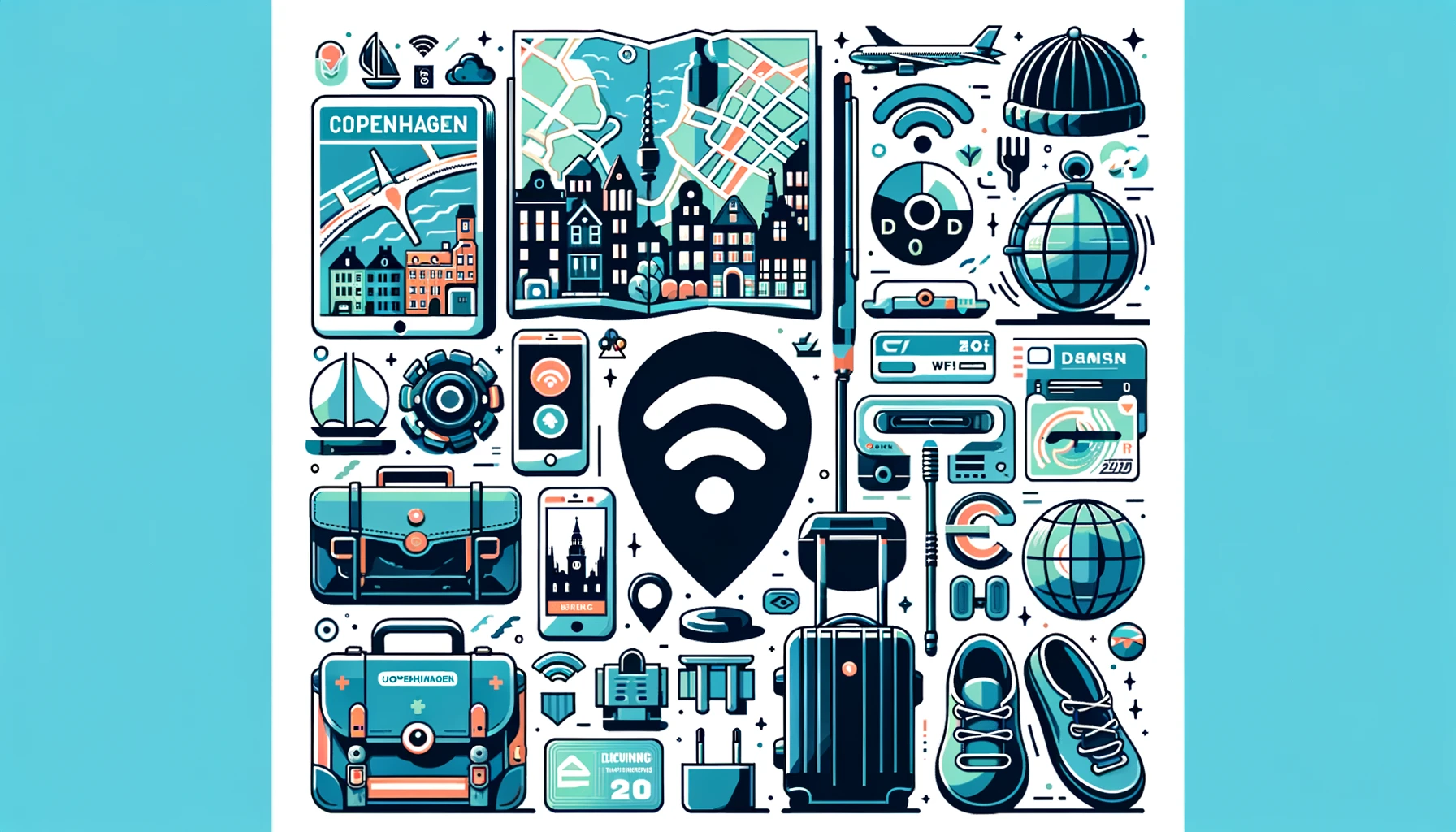
Copenhagen is a wonderful city to visit, and with a little planning, you can have a safe and enjoyable trip. Here are some practical travel tips to help you make the most of your visit to Copenhagen.
Best Time to Visit
Copenhagen has a mild climate, with cool winters and warm summers. The best time to visit Copenhagen is during the summer months (June to August), when the weather is warm and the city is alive with outdoor activities and festivals. However, this is also the busiest time of year, so be prepared for larger crowds and higher prices.
If you prefer a quieter and more affordable experience, consider visiting Copenhagen during the shoulder seasons (April to May or September to October). The weather is still mild, and there are fewer tourists, making it easier to explore the city's attractions.
Currency and Payment
The official currency of Denmark is the Danish Krone (DKK). Credit and debit cards are widely accepted in Copenhagen, and many shops, restaurants, and hotels also accept foreign currency. However, it's a good idea to have some local currency on hand for smaller shops and street vendors.
Language and Communication
The official language of Denmark is Danish, but many people in Copenhagen speak English fluently. You should have no problem communicating with locals in English, especially in tourist areas. However, it's always a good idea to learn a few basic phrases in Danish, such as "hello," "please," and "thank you."
Accommodation and Food
Copenhagen has a wide range of accommodation options, from budget-friendly hostels to luxury hotels. The city is also home to a variety of restaurants, cafes, and street food vendors, offering everything from traditional Danish cuisine to international dishes.
When it comes to food, Copenhagen is known for its New Nordic cuisine, which focuses on local, seasonal ingredients and simple, elegant presentation. The city is also home to several Michelin-starred restaurants, including Noma, which is consistently ranked as one of the best restaurants in the world.
Transportation and Navigation
Copenhagen has an extensive public transportation system, including buses, trains, and metro. The city is also very bike-friendly, with a network of bike lanes and bike-sharing programs.
If you plan to use public transportation, consider purchasing a Copenhagen Card, which offers unlimited travel on buses, trains, and metro, as well as free admission to many of the city's top attractions.
When navigating the city, we recommend using a mapping app or GPS to help you get around. Copenhagen is a relatively small city, and many of its attractions are within walking distance of each other.
Safety and Health
Copenhagen is a safe city, but like any major city, it's important to take precautions to protect yourself and your belongings. Keep an eye on your belongings in crowded areas, and be aware of your surroundings, especially at night.
In terms of health, Copenhagen has a high standard of healthcare, with many hospitals and medical centers throughout the city. If you need medical attention, you can visit a local pharmacy or hospital, or contact your hotel's concierge for assistance.
It's also a good idea to have travel insurance before your trip, which can help cover medical expenses, trip cancellations, and other unforeseen circumstances.
We hope these practical travel tips have helped plan your trip to Copenhagen.
Day Trips from Copenhagen
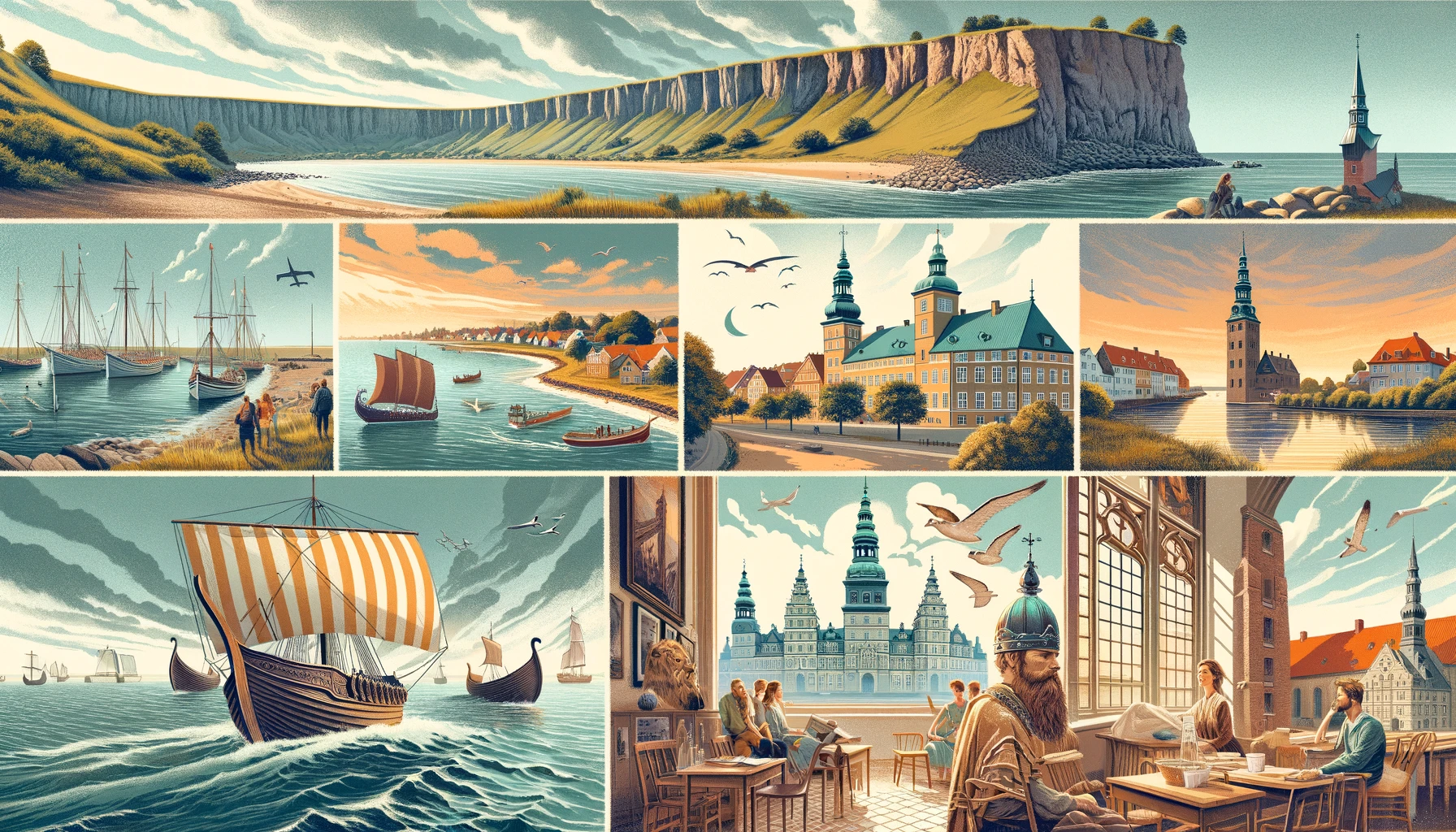
Copenhagen is a wonderful city to explore, but it's also an excellent base for day trips to nearby towns and attractions. Here are some of the top day trips from Copenhagen:
Freetown Christiania
Freetown Christiania is a unique and fascinating neighborhood in Copenhagen, known for its alternative lifestyle and counterculture. However, if you're looking for a more in-depth experience, consider taking a day trip to Christiania's surrounding neighborhoods and parks.
Just a short bike ride or bus ride from the city center, Christiania's neighboring areas offer a glimpse into the city's history and culture. You can visit the picturesque Assistens Cemetery, where many famous Danish writers and artists are buried, or explore the trendy Nørrebro neighborhood, known for its street art, cafes, and boutiques.
Roskilde
Roskilde is a charming town located just 30 minutes west of Copenhagen, known for its rich history, stunning architecture, and famous music festival.
One of the main attractions in Roskilde is the Roskilde Cathedral, a UNESCO World Heritage Site and the final resting place of the Danish royal family. The cathedral is a stunning example of Gothic architecture, with intricate carvings, stained glass windows, and a towering spire.
Another must-visit attraction in Roskilde is the Viking Ship Museum, which houses a collection of ancient Viking ships and artifacts. Visitors can learn about the history of the Vikings, their shipbuilding techniques, and their role in Danish history.
Helsingør and Kronborg Castle
Helsingør is a historic town located just 45 minutes north of Copenhagen, known for its stunning castle and maritime history.
Kronborg Castle, also known as Hamlet's Castle, is a UNESCO World Heritage Site and one of the most famous castles in Denmark. The castle was built in the 16th century and has played a significant role in Danish history. Visitors can explore the castle's many rooms and halls, including the grand ballroom, the royal apartments, and the casemates, which housed the castle's cannons and ammunition.
Helsingør is also home to the M/S Maritime Museum of Denmark, which tells the story of Denmark's maritime history, from the Viking era to the present day. The museum is located in a former dry dock and features interactive exhibits, multimedia displays, and a variety of artifacts.
Dragør
Dragør is a charming fishing village located just 15 minutes south of Copenhagen, known for its picturesque streets, historic buildings, and delicious seafood.
The village was founded in the 12th century and has retained its traditional charm and character. Visitors can stroll through the narrow streets, admiring the colorful houses, historic churches, small shops, and cafes.
Dragør is also famous for its seafood, with many restaurants and cafes serving fresh fish, shellfish, and other seafood dishes. Visitors can enjoy a meal at a local restaurant, or purchase fresh seafood from one of the many fishmongers and markets in the village.
